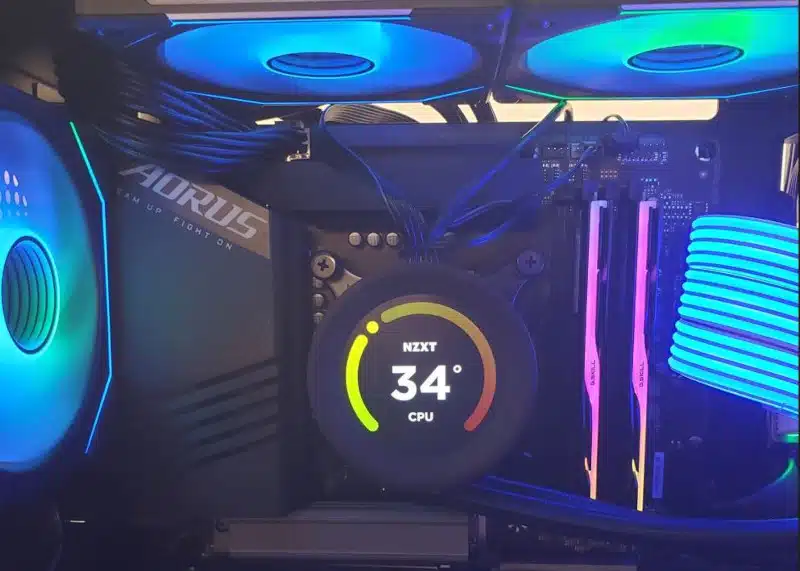Troubleshooting hardware and software issues is a complex yet essential skill in the computer industry. Understanding the nuances between these two technical hiccups is paramount for computer technicians and users. Let’s delve into the intricacies of differentiating between hardware and software problems, exploring the telltale signs and diagnostic approaches necessary to tackle these challenges effectively.
Differentiating Hardware from Software Issues
In the world of computers, navigating through occasional glitches is inevitable. Discerning between hardware and software issues becomes a cornerstone for efficient troubleshooting and problem resolution.
Hardware malfunctions often manifest visibly. For instance, a computer failing to boot, emitting unfamiliar sounds, or displaying erratic behavior usually indicates an underlying hardware issue. Consider a scenario where a laptop emits clicking sounds upon startup, indicative of a failing hard drive—an unmistakable hardware problem. Conversely, software-related glitches disrupt the system’s functionality: unexpected freezes, frequent crashes, or unresponsive applications. Take, for example, a system freezing upon launching specific software, hinting at a software compatibility issue.
The key to differentiation lies in astute observation coupled with contextual analysis. By scrutinizing symptoms against recent software changes or usage patterns, one can effectively identify the nature of the issue.
Understanding these distinctions lays a foundation for accurate diagnosis and solution implementation. Moreover, this understanding empowers users to provide more detailed information when seeking technical support, expediting the resolution process.
Approaching the Diagnostic Process
When undertaking diagnostics, a systematic approach proves invaluable. Begin by observing how the system responds to various stimuli. If the issue persists despite changes in software configurations or updates, it could signify underlying hardware issues. Utilizing diagnostic tools, such as memtest for memory issues or SMART diagnostics for hard drives, offers concrete evidence to pinpoint the problematic area.
Isolating components through diagnostic tests or component swaps helps narrow down the culprit. Running hardware diagnostics software or conducting hardware stress tests can provide concrete evidence. Consider an example where a user experiences frequent crashes while editing videos. Thorough diagnostics reveal that while the crashes seem software-related, they stem from an overheating CPU, a hardware issue exacerbated by the video editing software’s demands.
A systematic process, supplemented by testing and observation, aids in accurate problem identification. Additionally, maintaining thorough records of observations and changes made to the system can streamline the diagnostic process during future troubleshooting sessions.
Understanding the nuances between hardware and software issues equips technicians and users alike with the prowess to transform intricate tech issues into manageable solutions. Swiftly differentiating between the two types of problems paves the way for efficient and effective troubleshooting, ensuring optimal system performance.
If you’re in Davenport, FL, and facing tech issues, let PCMechanic Computer Repair provide expert assistance to resolve any hardware or software concerns swiftly.


